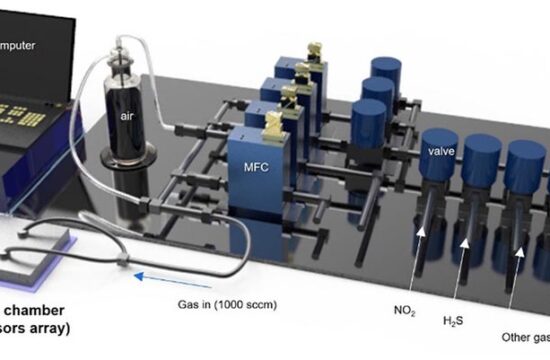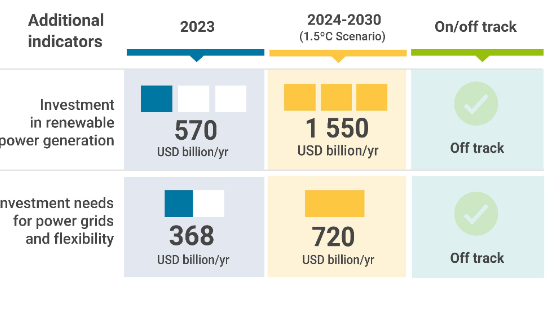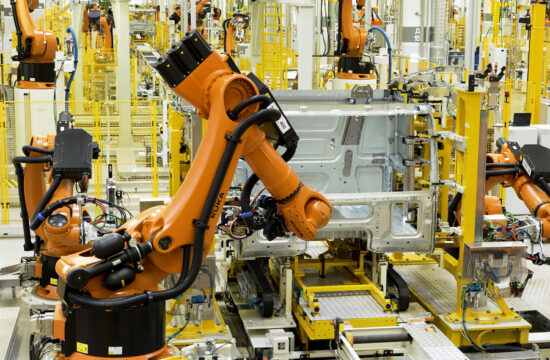A new research collaboration between A*STAR’s IHPC, Sembcorp Marine Ltd, University of Glasgow and UGS aims to make a ship’s voyage more smooth sailing by improving its hydrodynamics and energy efficiency.

Copyright : Agency for Science, Technology and Research
Singapore– A new research collaboration between A*STAR’s IHPC, Sembcorp Marine Ltd, University of Glasgow and UGS aims to make a ship’s voyage more smooth sailing by improving its hydrodynamics and energy efficiency.
The four organisations today signed a memorandum of understanding (MoU) to collaborate and develop new hull designs for large ocean-going vessels and make them more environmentally friendly.
Under the three-year MoU, IHPC, Sembcorp Marine Ltd, University of Glasgow and UGS will use computational modelling and visualisation technologies to design vessels with improved hydrodynamics for better fuel efficiency. In addition, they will collaborate and innovate on features to reduce harmful exhaust emissions and discharges by enhancing the vessel’s scrubber and ballast treatment systems. Currently, maritime transport carries about 90 percent of all international trade and accounts for three percent of global greenhouse gas emissions.
Under this research collaboration, Sembcorp Marine and IHPC will analyse and improve gas abatement technology, using an enhanced scrubber design to address the emission of harmful gases like sulphur oxides (SOx), nitrous oxides (NOx), particulate matter and greenhouse gases, in particular CO2, from the ship’s heavy fossil fuel burning combustion engines. Such designs and technology are also needed to meet the International Maritime Organization’s new 2015 standards on ship-related air pollutants and marine environmental issues.
The partnership will form an eco-system that creates value from unique technologies and research talent. The collaboration will employ multi-physics computation to build modelling and simulation capabilities. It will combine the scientific expertise from IHPC, University of Glasgow and UGS, with Sembcorp Marine’s knowledge and wealth of experience in industrial maritime applications.
IHPC has developed significant maritime-related computational R&D capability in areas such as fatigue prediction for enhanced structural integrity, marine corrosion prevention, efficient gas flow emission control, hull optimisation, and integrated risk assessment of assets using the analytics of condition monitoring. IHPC will also draw upon its industrial R&D experience from its marine and offshore industry collaborations with partners such as Lloyd’s Register and the Southampton Marine and Maritime Institute.
As part of talent training and development, University of Glasgow and UGS will provide academic training and certification to students, who are staff of Sembcorp Marine, under the Industrial Postgraduate Programme. This will be complemented by IHPC’s use of applied R&D to develop the students’ capabilities, which they can then apply to sharpen Sembcorp Marine’s competitive technological edge.
“IHPC acts as a catalyst that translates research into practical applications. By harnessing the power of computational modelling and simulations, we help shipbuilders optimise design to improve efficiency and environmental sustainability of large commercial vessels. This can significantly impact the way ships are built and accelerate the advancement of more fuel-efficient and greener vessels,” said Prof Alfred Huan, Executive Director of A*STAR’s IHPC.
Mr Ong Poh Kwee, Deputy President of Sembcorp Marine Ltd., “This collaboration is a major step towards combining innovative ideas in science and technology with maritime experience to develop products and processes which are in demand by maritime and on-shore industries. Such a collaboration will contribute towards better efficiency in ships, reducing gas emission and enhance the marine ecology”.
“As a world top 100 University, whose School of Engineering was recently rated in the top five in the UK-wide assessment of university research – the Research Excellence Framework – this collaboration represents a tremendous opportunity to demonstrate the reach and impact of our research. Our new partnership with A*STAR’s Institute of High Performance Computing and Sembcorp will innovate in the design of new ships’ hulls with the aim of improving the efficiency of large ocean-going vessels and reducing greenhouse emissions. The initiative not only highlights the increasing importance of multi-centre, cross disciplinary research in overcoming the significant challenges that exist in developing new environmentally-sustainable shipping technologies but also demonstrates the huge benefits for both the public and private sector in working together,” said Prof Jonathan Cooper, Vice Principal for Innovation and Knowledge Exchange at University of Glasgow.
“To achieve innovation, it is increasingly important for industry, research centres and academia to collaborate with each other. By leveraging on the capabilities from all partners, we can accelerate the innovation necessary to bring next-generation technologies in eco-shipping to the marine and offshore sector, quickly and cost-effectively. This partnership also provides a unique opportunity for our students to gain early exposure to the real-world of industrial engineering,” said Prof Gianmarco Radice, Director of UGS.
Beyond the current areas of focus, the three organisations hope to expand the scope of the collaboration to create a more comprehensive package of solutions for more efficient ocean-going vessels. The partners are also looking at the possibility of a joint laboratory to advance R&D in this area.
Key words
collaboration: the action of working with someone to produce something.
hydrodynamics: the branch of science concerned with forces acting on or exerted by fluids (especially liquids).
computational: using or relating to computers; relating to the process of mathematical calculation.
innovate: make changes in something established, especially by introducing new methods, ideas, or products; introduce (something new, especially a product).
exhaust: waste gases or air expelled from an engine, turbine, or other machine in the course of its operation; use up (resources or reserves) completely.
abatement: the reduction or removal of a nuisance;suppression or termination.
maritime: connected with the sea, especially in relation to seaborne trade or naval matters; living or found in or near the sea.








